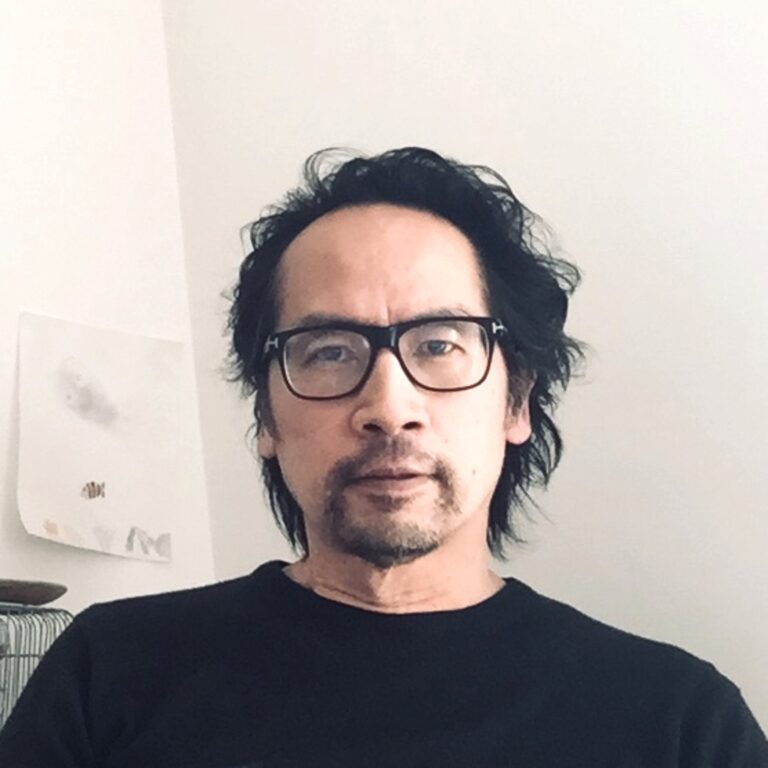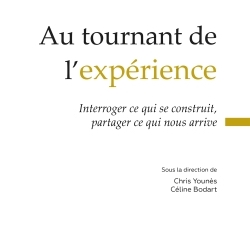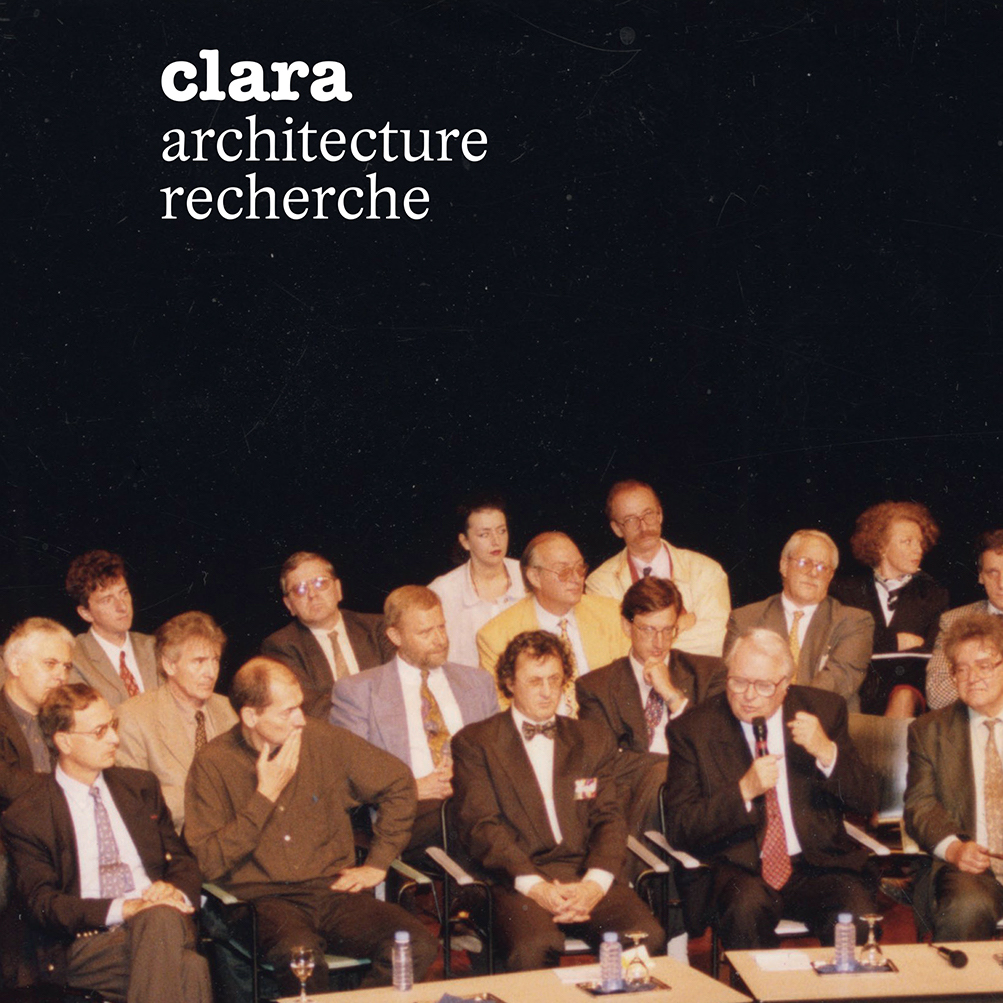Ses recherches se concentrent sur trois axes de travail, souvent interconnectés :
– Les interrelations entre théorie et pratique
– Le modernisme et la modernité
– Les interculturalités et les interdisciplinarités en architecture et urbanisme
Il a publié ses recherches dans plusieurs livres et revues, parmi lesquels Architecture Thinking Across Boundaries (2022), Critique architecturale et débat public (2020), et Au tournant de l’expérience: interroger ce qui se construit, partager ce qui nous arrive (2018). Il a également donné des conférences dans de nombreuses institutions universitaires, professionnelles et culturelles dans les Amériques, en Asie et en Europe.
Actuellement il prépare son Habilitation à Diriger des Recherches autour de la thématique de l’interculturalité et de l’interdisciplinarité dans la théorie architecturale et urbaine. Il est co-responsable scientifique (avec Dr. Alp Rachmad Djati Winarno) du projet “Kampong Atlas: A Guide for the Preservation and Development of Urban Village Placemaking in Semarang”, projet financé dans le cadre du Programme Hubert Curien Nusantara 2025 (Institut Français en Indonésie); et il a co-organisé (avec Dr. Darwis Khudori) le colloque international et interdisciplinaire “L’Esprit de Bandung” dans l’architecture et l’urbanisme du Global South: paradigmes, projets et pratiques (5-7 mars 2025) à l’Université Le Havre Normandie.






